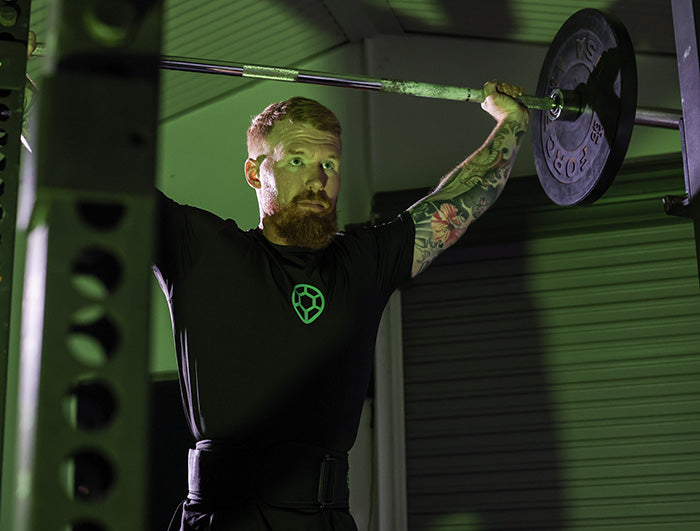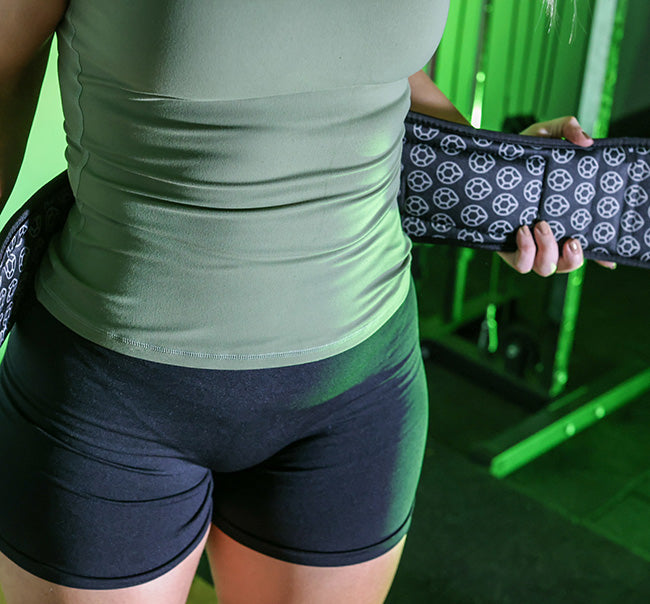Powerlifting (IPF Rules)
In the International Powerlifting Federation (IPF) and most major federations, lifting belts are allowed but must meet specific requirements:
- Maximum width: 10 cm
- Maximum thickness: 13 mm
- Must be made of leather or another approved material
- Cannot have additional padding or inserts
A solid belt can be a game-changer in competition, especially when attempting near-max lifts.
Strongman
Strongman competitions allow belts, and most competitors use them, often layering multiple belts (soft belt under a hard belt) for extra support. The sheer loads in strongman events—like atlas stones, yoke walks, and deadlifts—make a belt almost essential.
CrossFit
CrossFit competitions allow belts, but athletes tend to use them sparingly. Because CrossFit workouts involve a mix of lifting, conditioning, and gymnastics, wearing a belt the entire time can be impractical. However, for heavy Olympic lifts or max deadlifts, many athletes throw one on to stay tight under big loads.






